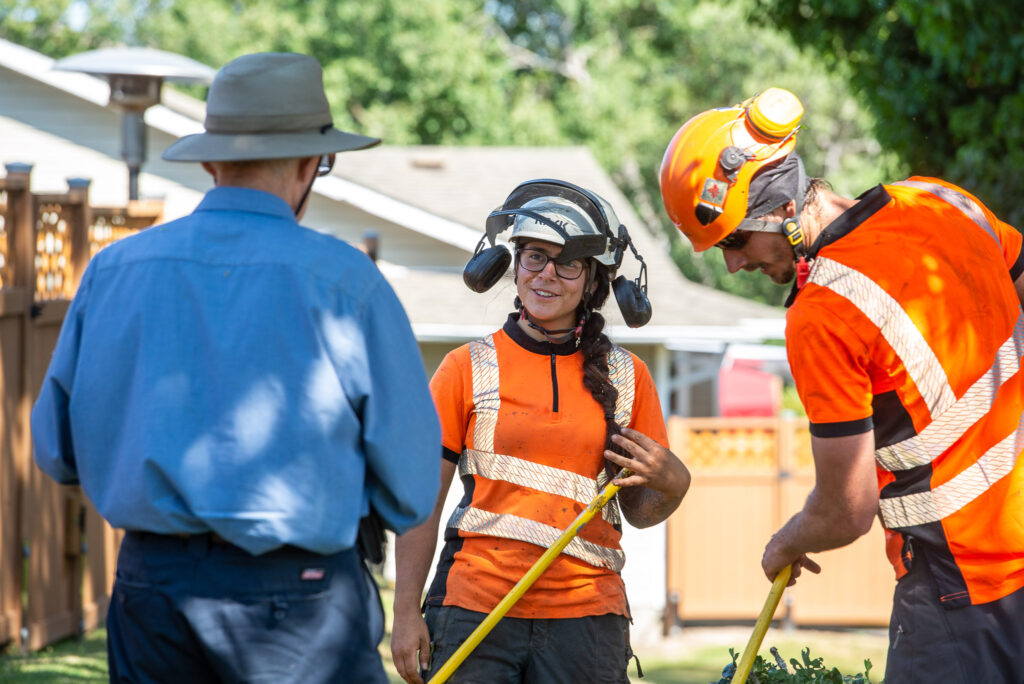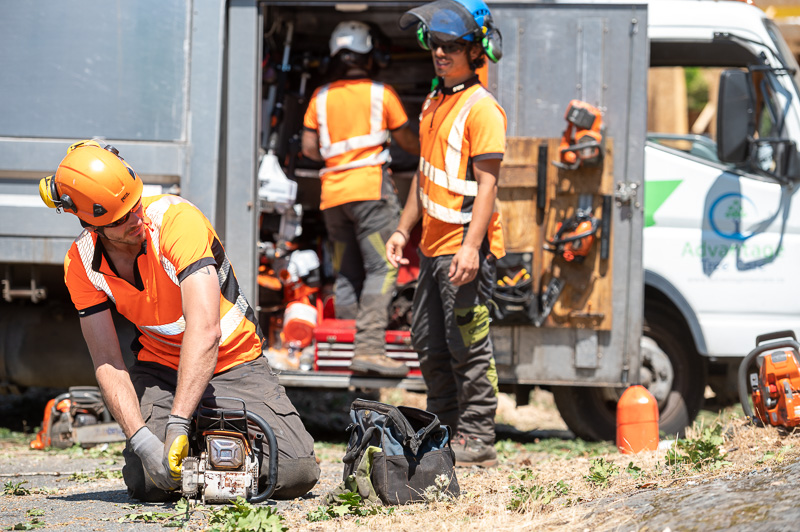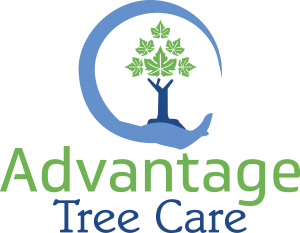
Arborists have a diverse skillset to help with many different tree care challenges, including expertise with working at height from ropes, operating chainsaws, and other machinery.
Arborists also have a good understanding of tree biology, physics and ecology with extensive tree identification knowledge, and this help us to deliver effective tree care whilst also managing and mitigating risks to people, property and trees.
Here are some of the Arborist and tree care services offered by Advantage Tree Care:
- Arborist Consulting
- Tree Diagnostics
- Tree Health Inspections
- Tree Pruning
- Fruit Tree Pruning
- Tree Removals
- Stump Grinding and Removal
- Tree Protection
- Tree Risk Assessment
- Tree Valuation
- Training and Education
- Emergency Tree Services
- Commercial Property tree services
- Specialized care for Protected Trees like Gary Oak, Arbutus, Douglas Fir etc
- Storm Damage Tree Restoration
- Tree transplanting (please inquire)
- Deep Root fertilization
How to get started?
For a quotation and onsite visit, please call 250-508-4445, or visit our contact page to send us a message.
Our friendly, professional approach allows us to work with you to ensure your expectations and requirements are met in a safe and efficient way. For all your arborist tree service needs in Victoria and beyond, give Advantage Tree Care a call.




